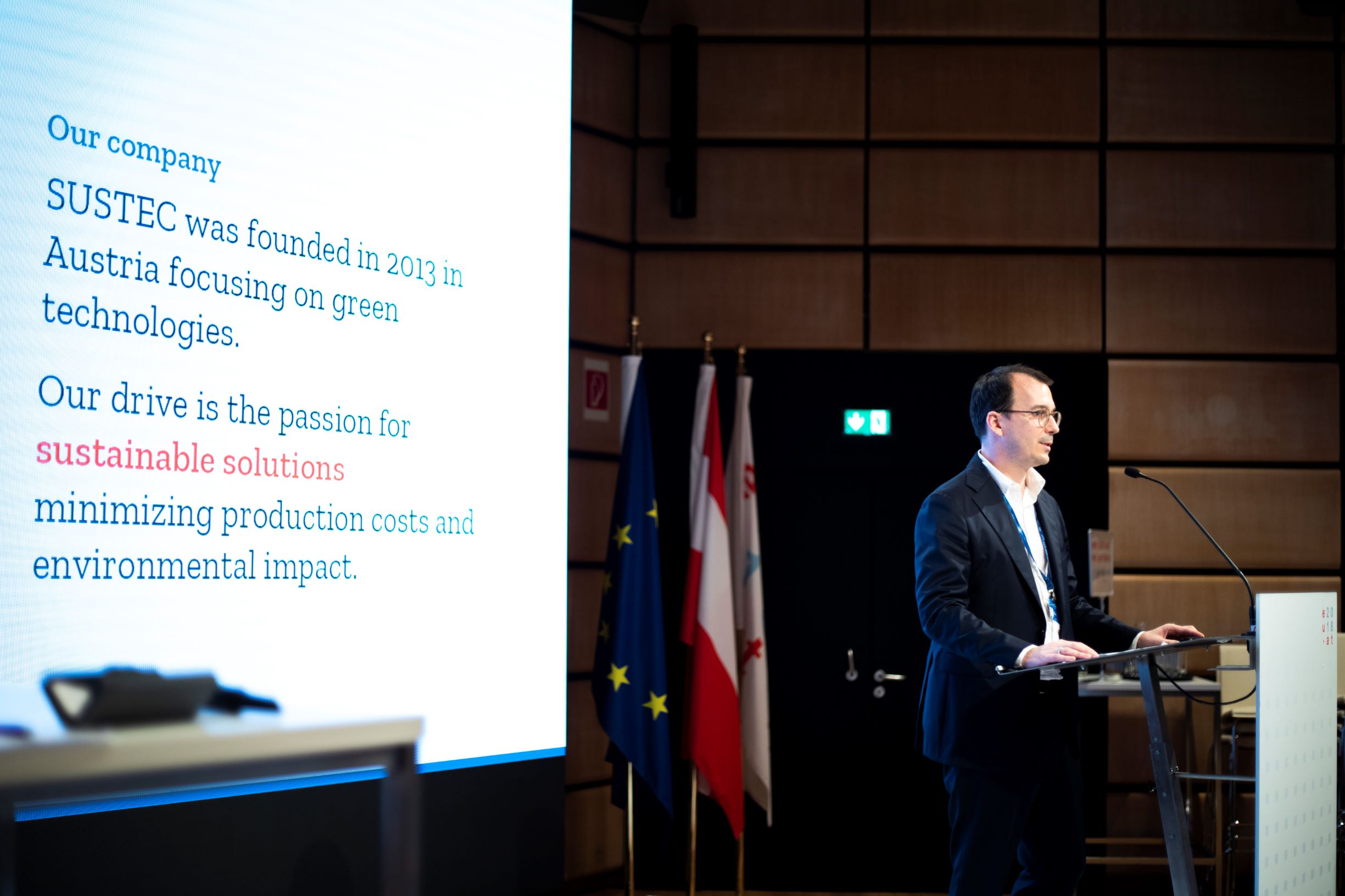Unique Challenges in Stainless Steel vs. Carbon Steel Pickling
Unlike carbon steel pickling, which produces mainly ferrous chloride (FeCl2), stainless steel pickling results in a higher concentration of FeCl3 in the spent acid. This difference becomes problematic during the regeneration process, particularly when spray roasting technology is used. The key issue is the behavior of FeCl3 within the regeneration reactor. FeCl3 has a lower boiling point than FeCl2 and tends to transition more easily from the solid to the gas phase. As a result, FeCl3 can volatilize and leave the reactor before complete hydrolysis. This premature volatilization results in incomplete conversion of FeCl3 to HCl and iron oxide (Fe2O3). Over time, this phenomenon causes FeCl3 to build up in the system.
Chemical Properties of FeCl3 in Spray Roasting
The chemical properties of FeCl3 play a critical role in this issue. At the temperatures typically used in spray roasting (600°C to 800°C), FeCl3 has a higher vapor pressure than FeCl2. The vapor pressure of FeCl3 at 750°C is about 4 atm, while that of FeCl2 is only about 0.1 atm. This significant difference in vapor pressure explains why FeCl3 is more likely to volatilization before hydrolysis can occur. The hydrolysis reaction of FeCl3 is represented by the following equation:
2FeCl3 + 3H2O → Fe2O3 + 6 HCl
However, due to the rapid volatilization of FeCl3, this reaction does not proceed to completion within the spray roasting reactor, leading to the observed up-concentration effect.
Need for Specialized Techniques
In conclusion, the high FeCl3 content in spent HCl from stainless steel pickling is a significant obstacle for traditional spray roasting regeneration methods. The tendency of FeCl3 to volatilize prior to hydrolysis leads to its accumulation in the system, reducing process efficiency and potentially causing operational problems. This problem highlights the need for specialized regeneration techniques designed to meet the unique challenges of stainless-steel pickling acid recovery.
SUSTEC’s REGMAX.CHLORIDE: A Complete Solution to Acid Recovery
SUSTEC's goal is to eliminate all waste acids from stainless steel pickling. Initially starting with its REGMAX solution for mixed acids (HF and HNO3), SUSTEC's strategy from the outset was to also solve all the other associated acid consumption and environmental waste problems in the industry.
REGMAX.CHLORIDE: Advancing HCl Recovery in Stainless Steel Processing
Today, SUSTEC's REGMAX.CHLORIDE is able to treat the hydrochloric waste acids from stainless steel pickling. The acid is completely recovered and converted into fresh hydrochloric acids, while the dissolved metals are recovered as oxides for reuse in stainless steel production.
A New Standard for Hydrochloric Acid Regeneration
The recovery of spent pickling waste acid from stainless or carbon steel pickling containing FeCl3 is no longer a problem. Furthermore, with SUSTEC REGMAX.CHLORIDE it is possible to obtain a superazeotropic hydrochloric recovered acid – making it unique among all spent hydrochloric acid regeneration plants in existence today.
Expanded Acid Regeneration Capabilities with SUSTEC's REGMAX Plants
SUSTEC's REGMAX Acid Regeneration Plants have provided reliable solutions for mixed acids, specifically HF and HNO3. Now, with REGMAX.CHLORIDE they also offer advanced regeneration for hydrochloric acid, broadening their industrial application.




